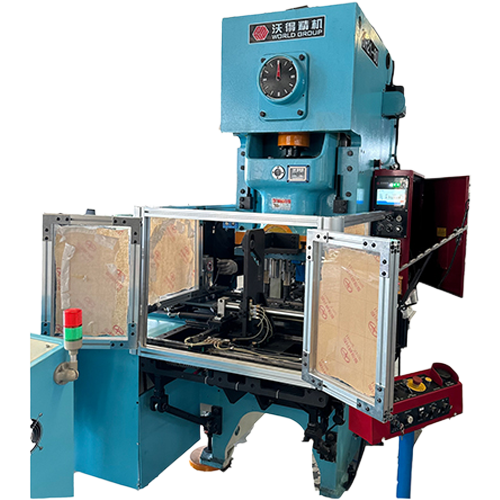How is hydraulic machinery used in hydraulic crimping machines?
As a key equipment in modern industrial manufacturing, hydraulic crimping machines cannot operate efficiently without using the principles of hydraulic pressure. In hydraulic crimping machines, hydraulic pressure plays a decisive role.
Hydraulic pressure is the study of the transmission of forces and motion of liquids in closed containers. Its basic theories include Pascal's law and Helmholtz's law. Pascal's law states that a liquid is able to transmit pressure uniformly in a direction, while Helmholtz's law describes the motion of a liquid in a closed system. These two basic theories laid the foundation for the application of hydraulic pressure science in hydraulic crimping machines.
One of the core components of a hydraulic crimping machine is the hydraulic cylinder, which is a key part of force conversion and transmission through the principles of hydraulic pressure. When liquid is injected into the hydraulic cylinder, according to Pascal's law, the liquid will evenly transfer the pressure to the piston in the cylinder.
Hydraulic pumps are another important component in hydraulic crimping machines. It uses mechanical force to push liquid into the hydraulic cylinder. According to the principles of hydraulic pressure, the hydraulic pump energizes the hydraulic cylinder by generating a high-pressure liquid flow, thereby obtaining sufficient pressure for the crimp joint to process the material.
Hydraulic crimping machines are usually equipped with an automatic control valve. This component enables precise regulation of parameters such as crimping force, speed and time under the guidance of hydraulic pressure. Operators can adjust the operating state of the hydraulic system through the control valve, so that the hydraulic crimping machine can be more flexibly adapted to different production needs.
The design of crimping joints and dies in hydraulic crimping machines also relies directly on the principles of hydraulic pressure. By rationally designing the shape and size of the crimping joint and selecting an appropriate working die, the principles of hydraulic pressure are utilized to a large extent to ensure the force transmission effect achieved during the crimping process.
Guided by fluid mechanics, hydraulic crimping machines achieve efficient energy utilization through more efficient energy conversion and liquid circulation. This not only improves the energy efficiency of the equipment, but also meets the requirements of modern industry in terms of energy conservation and environmental protection.
The application of hydraulic pressure in hydraulic crimping machines is key to achieving efficient and precise crimping. By deeply understanding the basic theory of hydraulic pressure, a hydraulic crimping machine was designed and manufactured, making the crimping of materials in industrial production more efficient and controllable.
Recommended Products


 EN
EN
 中文简体
中文简体 English
English













